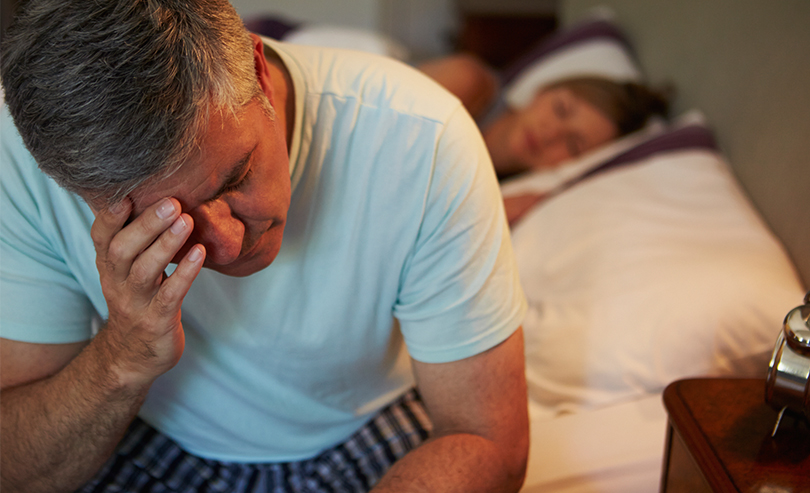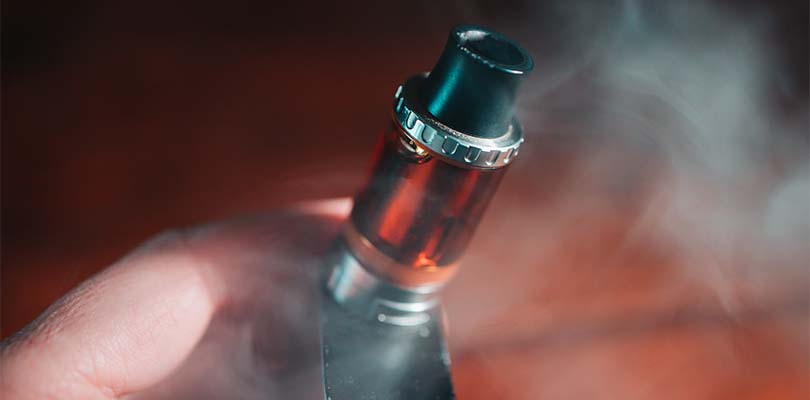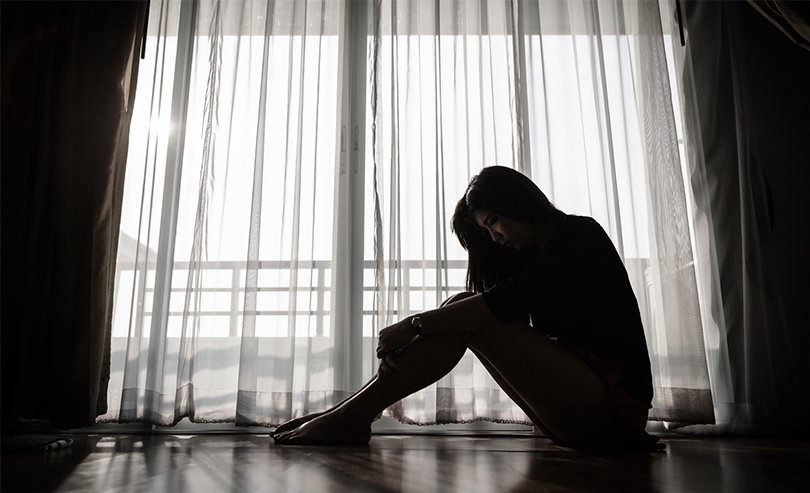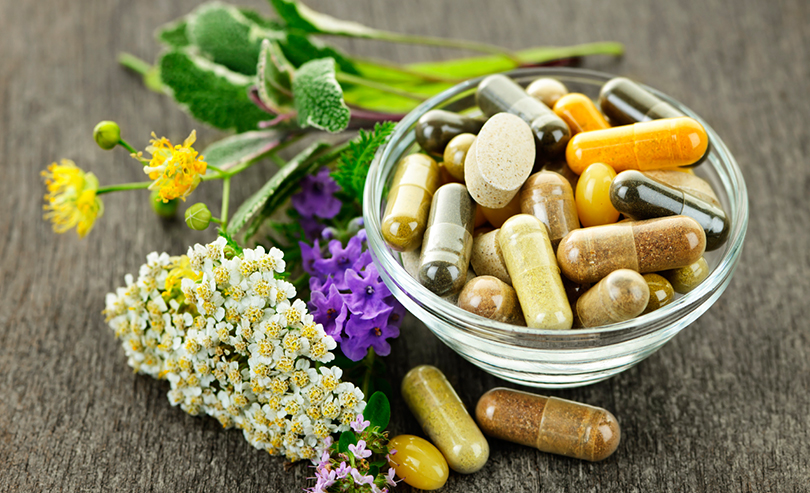Why COPD Symptoms May Increase in the Fall
It can be challenging to deal with COPD any time of the year. When the seasons change, especially in the fall, it can be even more difficult. Although everyone with COPD is different and has different triggers, heading into the cooler months may lead to COPD flare-ups. While flare-ups are not a seasonal occurrence, when living with COPD in the fall, you may notice more symptoms. Some contributing factors may be due to the following:
Cold Weather
In the fall, cooler temperatures can place added stress on your body. Your body tries to maintain a constant temperature, which means you expend more energy to stay warm. The extra energy needed to stay warm also increases the amount of oxygen your body uses. Increased oxygen demands may increase your feelings of shortness of breath.
Colder, dry air can also irritate the airways in people with COPD. Breathing in cold air can lead to bronchospasm, which is constriction of the muscles around the airway. Bronchospasm means it’s more difficult for air to get in and out of the lungs.
For some people with COPD, it’s not just the colder temperatures that cause problems; it’s the sudden change in weather. Going from warm to cold weather can lead to an exacerbation of breathing problems. In the fall, the weather can change quickly. For example, one day it may be hot, and the next day it can be cool. The fluctuating temperatures can make breathing more difficult.
Poor Air Quality
The air quality in the fall can also be a problem for people with COPD. Air quality in the fall may vary depending on what part of the country you live in. In some areas, wildfires occur in early fall, which can cause wheeziness, and tightness in your chest. Both of these will make it more difficult to breathe. In other parts of the country, the rainy season starts. Added humidity in the air can also affect breathing.
Start of the Flu Season
Colder weather also means the start of cold and flu season. The severity of flu season varies from year to year. In some cases, flu season starts as early as October. The flu can make anyone feel miserable, but for people with COPD, it can lead to serious complications, such as pneumonia.
Knowing the signs of a COPD exacerbation and a few tips for preventing one can help decrease the number, length and severity of your flare-ups.
Tips to Deal with COPD in the Fall
It’s important for people with COPD to take an active role in their well-being. By taking charge of your COPD, you help control it, instead of your COPD controlling you. Consider the following tips to cope with COPD in the fall.
Manage indoor allergens: During the fall, when the weather gets colder, you may be spending more time indoors. Indoor allergens can trigger COPD symptoms. Consider using an air purifier, which can filter out lung irritants. Make sure to keep dust at bay with frequent vacuuming. Consider wearing a dust mask when vacuuming, or better yet, have someone do it for you.
Arrange your schedule to go outdoors when temperatures are more moderate: Depending on where you live, fall weather can turn cold fast. Try to plan outdoor activities when the temperatures are a little milder, such as in the afternoon or on sunny days.
Cover your nose and mouth when outside in cold weather: Try to protect yourself from the cold air. When you go outside on a cold and windy day, consider covering your mouth and nose with a scarf. Cold air masks are also an option to prevent inhaling cold air.
Take all medication as directed: Part of managing COPD involves taking your medications as prescribed by your doctor. If you tend to get COPD flare-ups in the fall, or when the weather becomes colder, it’s critical that you follow your COPD treatment plan.
Watch for signs of an infection: With the start of the flu season, it’s essential to watch for signs of an infection. People with COPD already have sensitive airways. A cold or flu can make COPD symptoms worse. It often takes people who have COPD longer to recover from the flu. Signs of an infection may include:
- Increased mucus
- A change in the consistency or color of mucus
- Increased fatigue
- Fever
- The need to use your fast-acting inhaler more often
- A decrease in peak flow measurement
- Decreased oxygen levels
If you develop signs of an infection, contact your doctor. The sooner you recognize an infection, the faster treatment can start, which may prevent complications.
Get your flu shot: Talk to your doctor about getting an annual flu shot. The flu can lead to life-threatening complications, especially in people who have COPD. Although a flu shot does not protect 100 percent from getting the flu, it decreases your chances of becoming ill.
A flu shot is recommended for most people with lung diseases, including COPD. However, it’s always best to talk with your doctor and make sure there are no contraindications for getting the shot.







